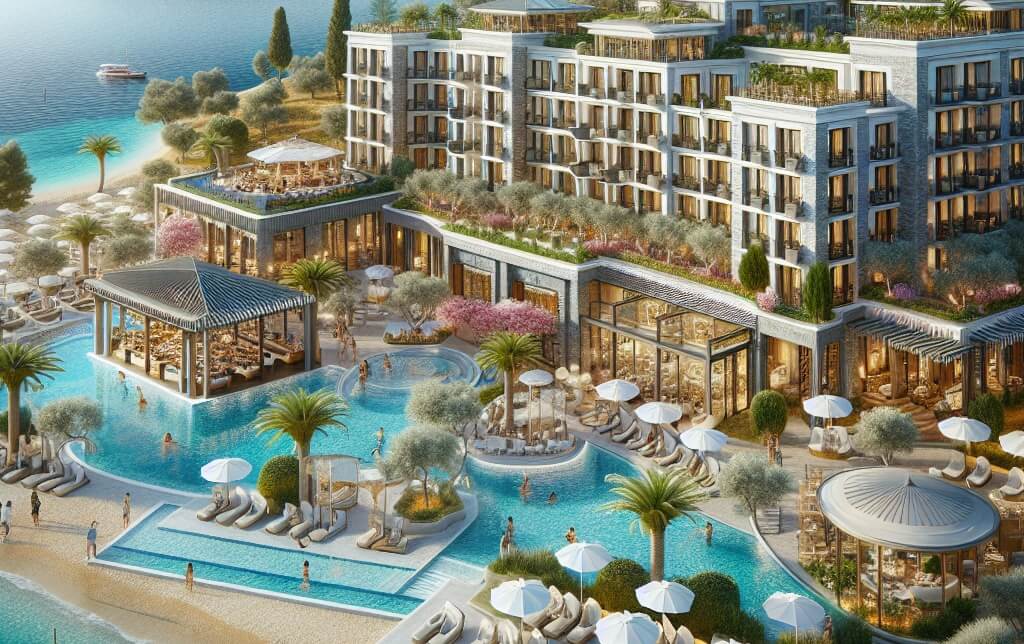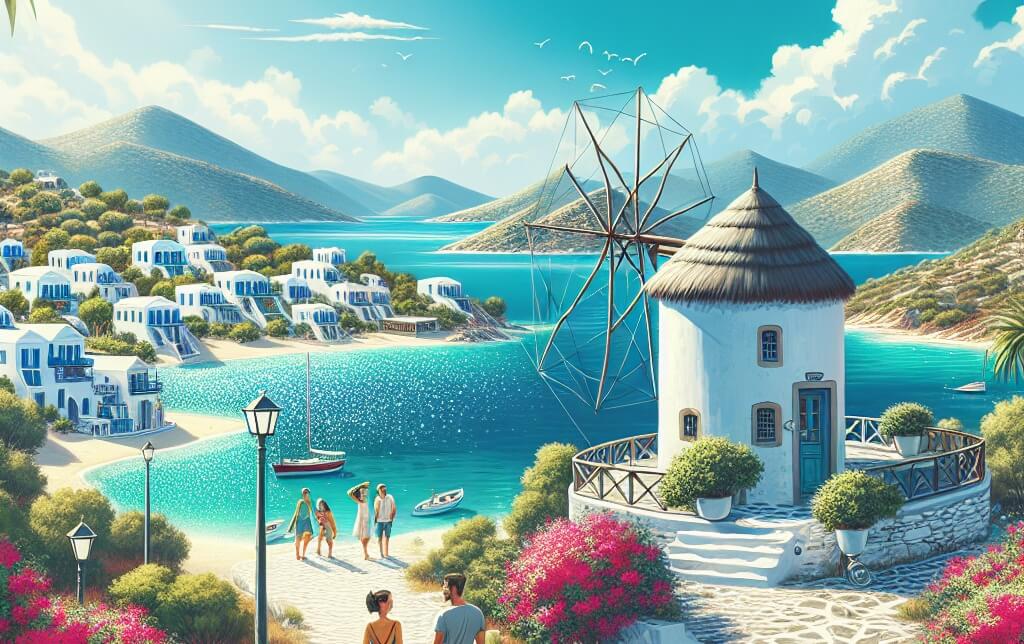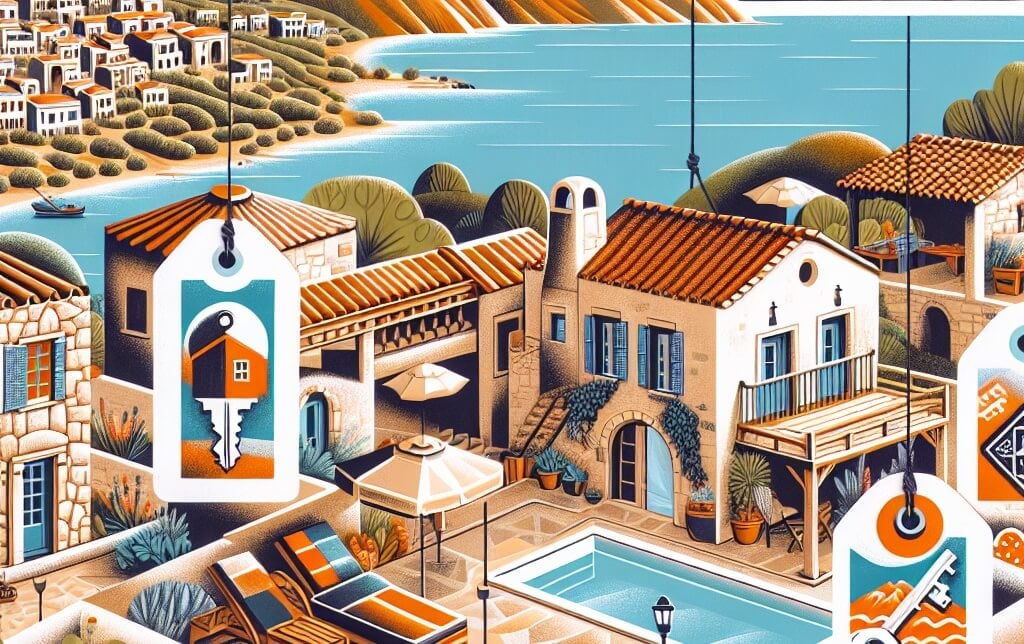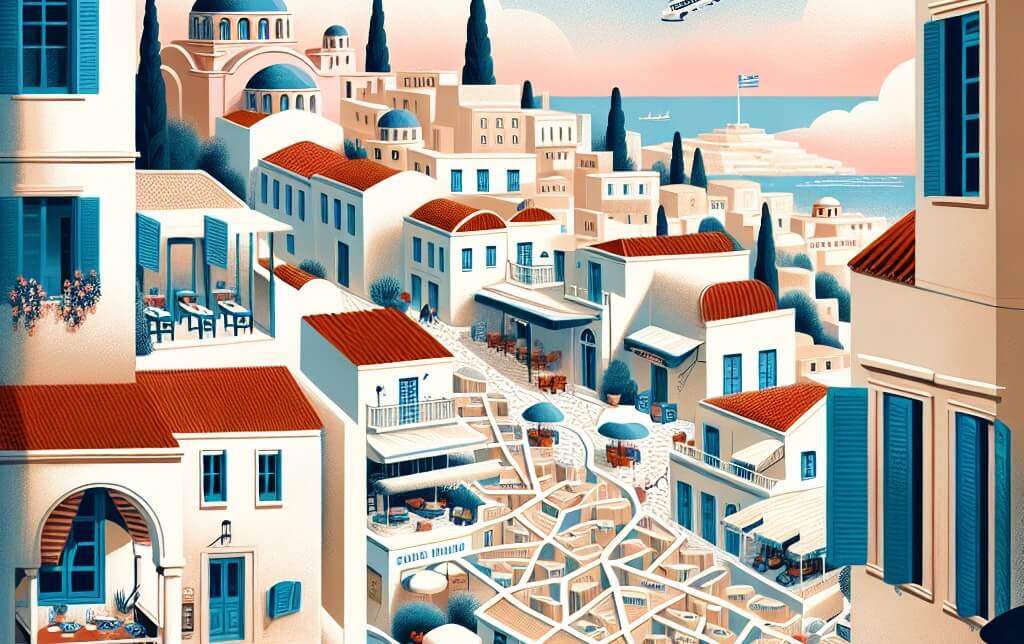
Discover Platsa Mani Greece: A Hidden Gem in the Peloponnese
Platsa Mani, situated in the region of the Peloponnese in Greece, is indeed a hidden gem waiting to be discovered by travelers seeking an authentic and untouched destination. This picturesque village, nestled amidst the rugged landscape of the Mani Peninsula, offers a glimpse into the traditional way of life in Greece. With its stone-built houses, cobblestone streets, and panoramic views of the Aegean Sea, Platsa Mani exudes a sense of tranquility and charm that is unmatched by more popular tourist destinations. Visitors to this enchanting village can immerse themselves in the rich history and culture of the region, explore ancient ruins, and savor delicious local cuisine. For those seeking a truly unique and off-the-beaten-path experience, Platsa Mani is a destination not to be missed.
I. Introduction
Platsa Mani, located in Greece, is a region renowned for its rich history, cultural heritage, and stunning natural beauty. The area is characterized by its picturesque villages, ancient ruins, and crystal-clear waters. Platsa Mani offers visitors a unique opportunity to immerse themselves in the traditions and customs of the region, providing a glimpse into the past while also embracing modernity. This introduction aims to provide a brief overview of Platsa Mani and set the stage for further exploration of this captivating destination.
II. Historical Background
The historical background of the Platsa Mani region in Greece is rich and complex, dating back to ancient times. The area has been inhabited since prehistoric times, with evidence of settlements and cultural activities dating back thousands of years. Platsa Mani has been influenced by various civilizations, including the Ancient Greeks, Romans, Byzantines, and Ottomans, each leaving their mark on the region's history and culture. The rugged landscape of Platsa Mani has played a significant role in shaping the way of life of its inhabitants, who have developed a strong sense of community and resilience over the centuries. The region's history is a testament to the enduring spirit of the people who have called Platsa Mani home for generations.
III. Geography and Location
The geographical and locational aspects of Platsa, Greece play a significant role in shaping the character and identity of the region. Situated in the southern part of the Peloponnese peninsula, Platsa enjoys a picturesque setting with stunning views of the surrounding mountains and the crystal-clear waters of the Mediterranean Sea. Its strategic location near the coast provides ample opportunities for trade and commerce, while its proximity to natural resources such as fertile land and abundant water sources supports agricultural activities. Additionally, the town's elevation offers a temperate climate and breathtaking landscapes, attracting visitors and residents alike. Overall, the geography and location of Platsa contribute to its charm and appeal as a destination rich in history, culture, and natural beauty.
IV. Cultural Significance
The platsa mani region in Greece holds significant cultural importance due to its rich history and traditions. This area is known for its unique architectural style, with well-preserved stone houses and ancient ruins that serve as a testament to its past. The local cuisine, characterized by fresh seafood and traditional Greek dishes, reflects the culinary heritage of the region. Additionally, the platsa mani region is home to various cultural events and festivals that celebrate its history and customs, attracting visitors and preserving its cultural identity. Overall, the cultural significance of platsa mani lies in its ability to showcase the unique heritage and traditions of the Greek people, making it a valuable part of the country's cultural landscape.
V. Architecture and Monuments
In the context of platsa mani greece, the architecture and monuments in the region hold significant cultural and historical importance. The traditional stone houses and churches showcase the unique architectural style of the area, reflecting the rich heritage of the Greek community. Monuments such as the ancient ruins and historical landmarks serve as a testament to the long and storied past of the region, offering visitors a glimpse into its fascinating history. The preservation of these architectural treasures is essential in maintaining the cultural identity of platsa mani greece and ensuring that future generations can appreciate and learn from its architectural legacy.
VI. Economy and Agriculture
In ancient Greece, the economy and agriculture played crucial roles in the functioning of society. The platsa mani region, known for its rugged terrain and limited arable land, faced challenges in sustaining agricultural productivity. Despite this, the inhabitants of platsa mani utilized terrace farming techniques and focused on cultivating olive trees and vineyards to ensure a steady supply of food and resources. The economy of the region thrived on trade, with olive oil and wine being major commodities exported to neighboring regions. The agricultural practices and economic activities in platsa mani were integral to the prosperity and sustenance of its population, highlighting the interconnectedness of economy and agriculture in ancient Greek society.
VII. Post-Byzantine Era
During the VII. Post-Byzantine Era in the region of Platsa Mani, Greece, significant historical and cultural developments took place. This period marked a transition from the Byzantine Empire to the rule of various regional powers, leading to changes in governance, society, and religious practices. The Post-Byzantine Era saw the emergence of new artistic styles, particularly in the realm of iconography, reflecting a blend of Byzantine and local influences. Additionally, the era witnessed the construction of several notable churches and monasteries, serving as important centers of spiritual and cultural life in the region. Overall, the VII. Post-Byzantine Era in Platsa Mani, Greece, played a crucial role in shaping the cultural landscape of the area and preserving its historical heritage for future generations.
VIII. Area of Platsa
The area of Platsa, located in Mani, Greece, is characterized by its rugged terrain and stunning natural beauty. Situated amidst the picturesque landscapes of the Mani region, Platsa boasts a diverse ecosystem that includes olive groves, vineyards, and rocky cliffs overlooking the Aegean Sea. The total land area of Platsa encompasses a mix of arable land for agriculture and untamed wilderness, providing a unique blend of opportunities for both cultivation and exploration. The area's strategic location near the coast offers residents and visitors alike a chance to enjoy the tranquility of rural life while also being within reach of the vibrant coastal towns and cultural attractions of the Mani peninsula.
IX. Integration of Pertinent Topics
In the context of 'platsa mani greece', the integration of pertinent topics in the discussion is crucial for a comprehensive understanding of the subject matter. Incorporating relevant themes such as the historical significance of the region, the cultural heritage of the Mani Peninsula, and the impact of tourism on the local economy can provide a well-rounded perspective on the topic. By integrating these pertinent topics, one can delve deeper into the complexities of the region's history, traditions, and contemporary challenges. This holistic approach allows for a more nuanced analysis and a richer exploration of the multifaceted dynamics at play in 'platsa mani greece'.
X. Conclusion
In conclusion, the concept of "platsa mani" in Greece is a significant cultural tradition that holds deep historical and social relevance. This traditional practice of coming together in a communal space, such as a village square, plays a vital role in fostering a sense of community and connection among the residents of the Mani region. Through events, gatherings, and activities held in the platsa, individuals are able to strengthen bonds, share stories, and celebrate their shared heritage. The platsa mani serves as a symbol of unity and solidarity, reflecting the values and traditions that have been passed down through generations. It is through the preservation and continuation of such customs that the rich cultural tapestry of Greece is upheld and celebrated.









